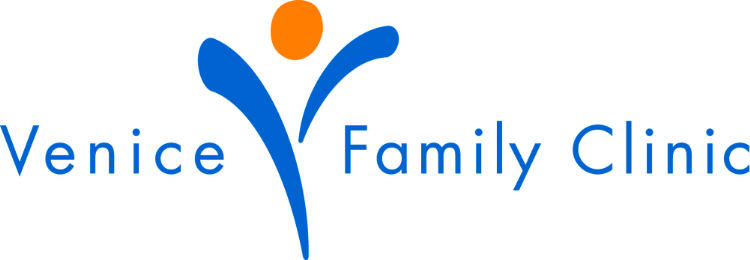Health Policy Analysis and Recommendations
Health Policy Analysis and Recommendations
Select Health Policy on a local, state, or federal policy that you have explored along with recommendations based upon the analysis.
• Analyze and evaluate the Health Policy
• Identify application of health policy into clinical practice.
➢ Your upper must have an Introduction and a Conclusion
➢ Maximum of 6 pages (not including Title and Reference page).
➢ APA format
➢ At least 5 references within 5 years

Health Policy Analysis and Recommendations
Health policies play a crucial role in shaping the healthcare landscape and directly impact clinical practice. This paper selects a specific health policy, evaluates its effectiveness, and offers recommendations for improvement. Additionally, the application of this policy in clinical practice will be examined. The analysis will draw on current research and provide a comprehensive understanding of the selected health policy.
Selected Health Policy
For this analysis, the focus is on the Affordable Care Act (ACA), a significant federal health policy aimed at increasing access to healthcare, reducing costs, and improving health outcomes for individuals in the United States. Enacted in 2010, the ACA has transformed the healthcare system by expanding Medicaid, establishing health insurance marketplaces, and mandating coverage for essential health benefits.
Analysis and Evaluation of the Health Policy
The Affordable Care Act has had a profound impact on healthcare access. According to a report by the U.S. Department of Health and Human Services (2021), the ACA has contributed to a reduction in the uninsured rate, providing millions of Americans with health coverage. However, challenges remain, including rising premiums and gaps in coverage for certain populations.
One significant strength of the ACA is its emphasis on preventive care. The policy mandates coverage for preventive services without cost-sharing, encouraging individuals to seek necessary health services early. This proactive approach can lead to improved health outcomes and reduced long-term healthcare costs. However, critics argue that the ACA’s complexity and administrative burden may hinder its effectiveness, particularly for small healthcare providers.
Recommendations
Based on the evaluation of the Affordable Care Act, several recommendations can be made to enhance its effectiveness:
- Simplify Enrollment Processes: Streamlining the enrollment process for health insurance coverage can improve access for individuals, particularly those with limited health literacy.
- Enhance Support for Small Providers: Providing additional resources and support for small healthcare providers can help them navigate the complexities of the ACA, ensuring that they can effectively deliver care to their patients.
- Expand Outreach Efforts: Increasing outreach efforts to underserved communities can help raise awareness about available resources and coverage options under the ACA.
- Address Cost Issues: Implementing measures to control rising premiums and out-of-pocket costs can improve affordability and access to care for individuals and families.
- Evaluate and Adapt: Regularly evaluating the ACA’s impact on health outcomes and access can help identify areas for improvement and adapt the policy as needed to address emerging challenges.
Application of Health Policy into Clinical Practice
The Affordable Care Act has several implications for clinical practice. Healthcare providers must navigate the insurance landscape to ensure their patients have access to necessary services. The ACA’s emphasis on preventive care requires clinicians to prioritize health screenings and vaccinations, aligning their practice with the policy’s goals.
Additionally, the ACA has incentivized the use of electronic health records and data sharing among providers, enhancing care coordination and improving patient outcomes. Clinicians must also remain informed about the ACA’s provisions, as changes in policy can impact reimbursement rates and the services covered.
Conclusion
In conclusion, the Affordable Care Act represents a significant health policy that has reshaped the U.S. healthcare system. While it has successfully increased access to care and emphasized preventive services, challenges remain that require ongoing evaluation and adaptation. By implementing the recommended strategies and integrating the ACA into clinical practice, healthcare providers can better serve their patients and contribute to a healthier population.
References
U.S. Department of Health and Human Services. (2021). The Affordable Care Act: Impact on Health Insurance Coverage. https://www.hhs.gov/about/news/2021/07/01/aca-impact-health-insurance-coverage.html
Kaiser Family Foundation. (2022). Health Reform: Summary of the Affordable Care Act. https://www.kff.org/health-reform/fact-sheet/summary-of-the-affordable-care-act/
National Institute for Health Care Management. (2023). The Affordable Care Act: Impacts on Healthcare Access and Quality. https://www.nihcm.org/publications/the-affordable-care-act-impacts-on-healthcare-access-and-quality
American Hospital Association. (2023). The Affordable Care Act: What it Means for Hospitals. https://www.aha.org/affordable-care-act
Centers for Medicare & Medicaid Services. (2024). 2024 Marketplaces Open Enrollment Period. https://www.cms.gov/health-insurance-marketplaces











